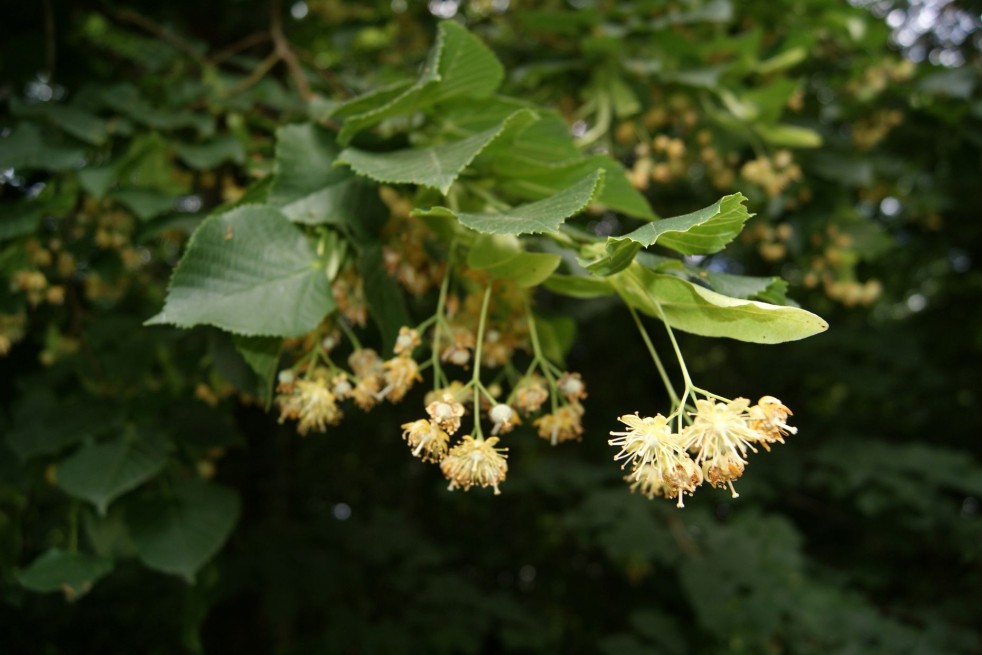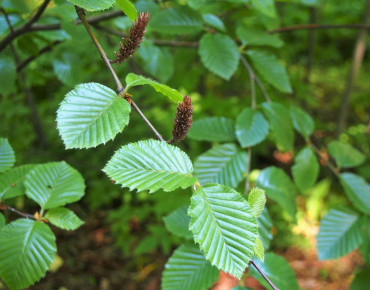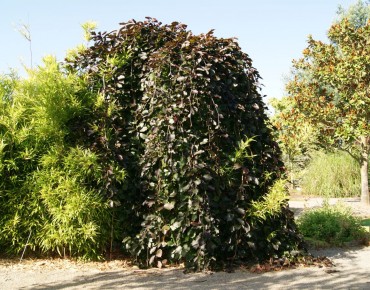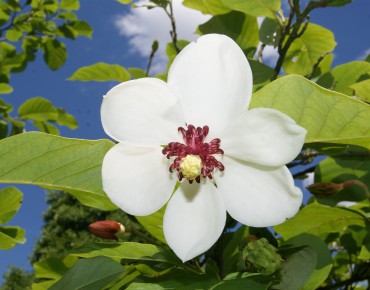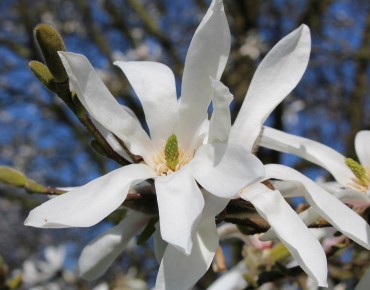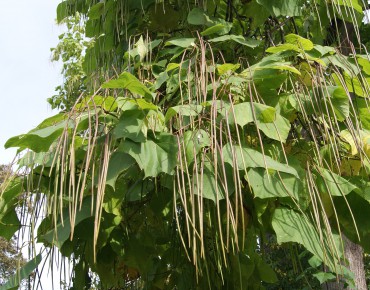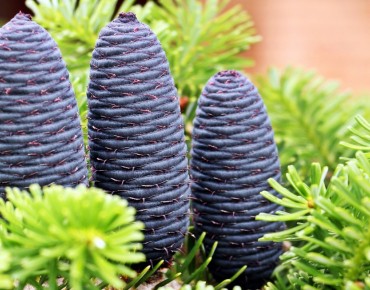Small-leaved lime
Tilia Cordata
Description
Small-leaved lime - Tilia Cordata
Main strength
The Small-leaved lime, also called Small-leaved lime (Tilia cordata), is a majestic and ornamental tree native to Europe and the Caucasus. Valued for its fragrant summer flowering, it is especially appreciated for the medicinal quality of its blossoms, used for centuries in soothing herbal teas. Highly nectar-rich, it attracts many bees, which produce a delicate and aromatic lime honey. With its exceptional longevity (up to 500 years), hardiness (−24 °C), and adaptability, it is a top choice for parks, healing gardens, and urban avenues.
Origin and background
Geographic origin: Europe and Caucasus
Botanical family: Malvaceae
Highlights: Nectar-rich, medicinal, ornamental and long-lived tree
Description and growth habit
Mature height: 20 to 30 m (10 m around 20 years old)
Spread: 6 to 10 m
Form: Spreading, airy and graceful, with fine flexible branches
Bark: Grey, smooth when young, becoming fissured with age
Foliage: Deciduous, bright green above, bluish-green beneath, heart-shaped leaves 3 to 8 cm with finely toothed edges
Growth rate: Medium to fast
Hardiness: Excellent (down to −24 °C), cold and pollution resistant
Flowering and fruiting
Flowering period: July
Flowers: Pale yellow, highly fragrant, in drooping clusters with winged bracts, rich in nectar
Fruits: Small brown spherical capsules, of limited ornamental interest
Wildlife value: Excellent nectar source for bees, especially honeybees
Light and soil
Ideal exposure: Full sun to partial shade
Soil type: Deep, fresh, well-drained, neutral to slightly alkaline. Once established, tolerates compacted urban soils
Planting
Soil preparation: Deep soil loosening, add mature compost if soil is poor
Planting season: October to March, avoiding frosty periods
Spacing: Allow 7 to 10 m of spread for isolated or aligned planting
Soil condition: Balanced, fresh, without stagnant moisture
Watering
At planting: Regular and abundant watering in the first year, mulch at base recommended
Once established: Very low water needs, drought-tolerant tree
Pruning
When and how to prune:
-
Formative pruning: In early years to guide shape
-
Maintenance pruning: Light pruning in late winter or autumn to control shape
-
Tolerant: Responds well to pruning and training
Propagation
Method: By seed, grafting or cuttings (less common in amateur gardening)
Note: Seed propagation best left to specialised nurseries
Use in the garden
Ideal setting: As a specimen tree, in avenues, public parks, large gardens or restful spaces
Companion plants: Aromatic herbs, shade-tolerant perennials, nectar-rich groundcovers
Traditional uses
Usage: Dried flowers are used for relaxing herbal teas, known for promoting sleep, digestion, and nervous system relief. Also made into syrups, oils or floral baths. Linden honey is renowned for its strong, soothing aroma.
Pests and diseases
Pests: Generally healthy; may attract black aphids or linden bugs in cities
Prevention: Good watering during the first year, spring monitoring. Minimal intervention once mature
Growing tips
Tips: Stake young trees at planting. Mulch during dry periods. Avoid heavy pruning of mature trees. Best suited to temperate climates, keep roots away from sensitive structures
Cultivar specifics
Remarkable longevity (several centuries), highly fragrant bloom, ornamental heart-shaped foliage, drought resistance, and excellent urban adaptation. A beautiful and beneficial tree.
Harvesting the flowers:
Harvest the lime blossoms at the end of June or beginning of July, depending on the region, at the very beginning of flowering, when there are still some closed buds. Do not miss this time, as the harvesting period lasts only 2 to 3 days, after the flowering is too far advanced.
Pick the flower without forgetting its bract.
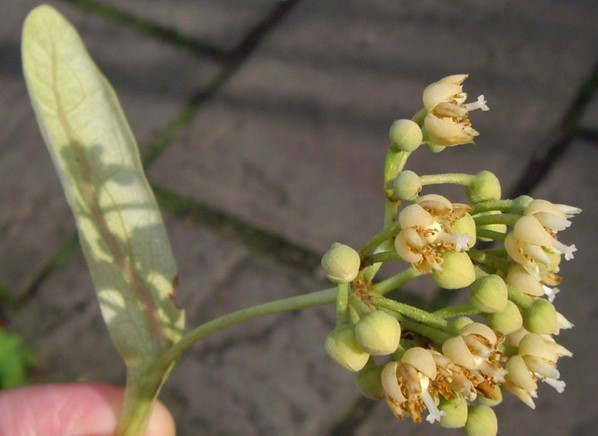
Spread the flowers out on a clean cloth and dry them for a fortnight, but be careful, the room must be well ventilated and dry, or they can be dried outside in a protected area, weather permitting.
Once dry, lime flowers can be kept for up to a year. (Until the next harvest).
Herbal tea:
To make a delicious herbal tea, simply add 1 litre of boiling water to the equivalent of 20 dried lime blossoms (or 4 level tablespoons of chopped blossoms) and leave to infuse for 10 minutes.
If you wish to drink your tea very sweet, it is advisable to use lime honey for a more pronounced floral flavour.
(Use preferably spring water).
The Small-leaved lime (Tilia cordata) is a versatile and valuable tree: it offers garden shade, bee nectar, natural beauty, and recognized medicinal benefits. Its fragrant bloom in July delights the senses and pollinators alike. Exceptionally hardy and easy to care for, with an impressive lifespan, it thrives in both large gardens and public spaces. Ideal for soothing herbal teas, honey production, or nectar-rich planting, it combines beauty and function. Perfect for gardeners seeking a noble, resilient, and ecological tree for sustainable planting.
Features
- Common name : Small-leaved lime
- Family : Tiliaceae
- Category : tree
- Spread : 7 m
- Foliage : deciduous
- Color of flowers : yellow
- Use : Isolated - alignment
- Soil : Well-drained and acid tolerated - neutral to alkaline
- Habit : conical - pyramidal
- Earth to use : universal potting soil/garden soil/compost
- Enemies : Cochineal - aphid
- Possible diseases : Armillary - gale - phytophthora
Expédition & livraison
How does the delivery work?
 As soon as you place your order your plants are selected
As soon as you place your order your plants are selected Each order is processed individually.
Each order is processed individually. Plants are packed, staked and labeled.
Plants are packed, staked and labeled. Packaging is carefully implemented to avoid any problems.
Packaging is carefully implemented to avoid any problems. Packages are ready to be shipped.
Packages are ready to be shipped.
Our delivery methods
Shipping of our plants throughout Europe (except overseas and islands).
Customer reviews

